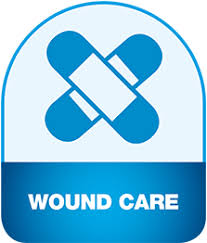
Marissa J. Carter
Strategic Solutions, Inc.
Title: How are we going to pay for advanced therapeutics in wound care?
Biography
Biography: Marissa J. Carter
Abstract
The clinical phenotype of atopic dermatitis (AD) results from complex interactions between genetic and environmental Although wound care is not a recognized specialty, the cost of treating wounds, especially chronic wounds, is phenomenal.Most wound care products categorized by the FDA as devices have been approved as adjunctive treatments based on the concept that these products may accelerate wound healing directly or indirectly. Many new products such as CTPs (cellular and/or tissue-based products) are expensive, and may need to have several applications. At the same time, in the USA the Centers for Medicare and Medicaid are exerting pressure in regard to reimbursement amounts for these products. Current reimbursement amounts for the application of some products may not be sufficient to keep a dedicated wound care clinic profitable when half of all patients are on Medicare or Medicaid and a further 10-15% have no medical insurance. Indeed,
some patients may not receive any such products due to poor or no medical insurance. The majority of device clinical trials are post-market because of 510(k) approval and are frequently limited to non-severe wounds in indication (although many patients may have serious comorbidities). Thus, and most important, the performance of many products used to treat more severe wounds is unknown due to a scarcity of randomized controlled trials. Payers are also fixated on “episodes of care,” which is hard to define when half of all patients have multiple wounds that overlap over long periods of time (many years). Part of this chaos has resulted from lack of will at the national level to officially use health economic studies to weed out cost-inefficient products, and lack of understanding of health economics by payers. The situation will only get better when trials involving more severe wounds are commonplace, we have more FDA–approved endpoints appropriate for some products, and we are
willing to formally include health economic analyses in our decision-making

